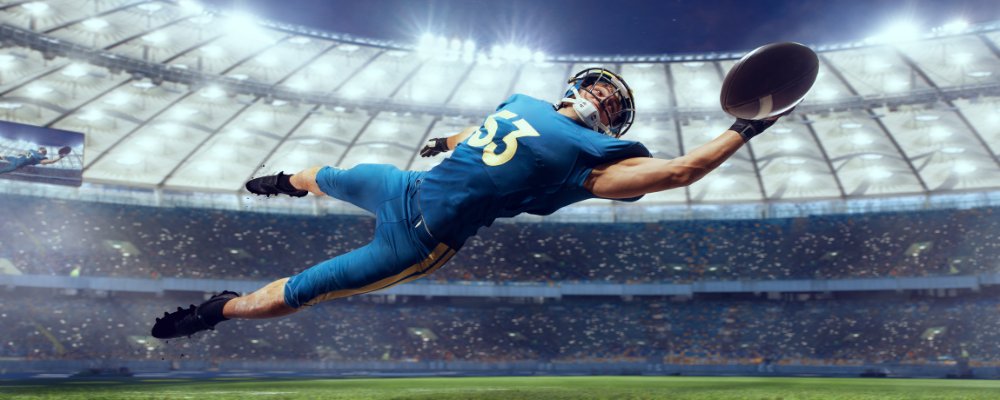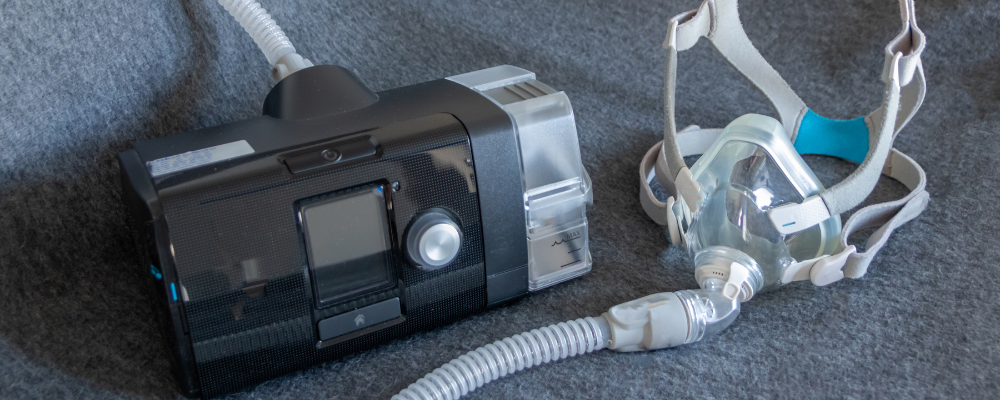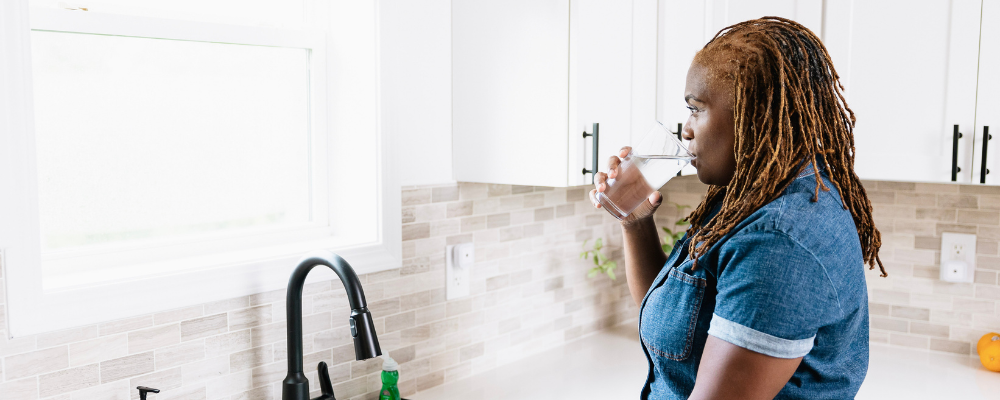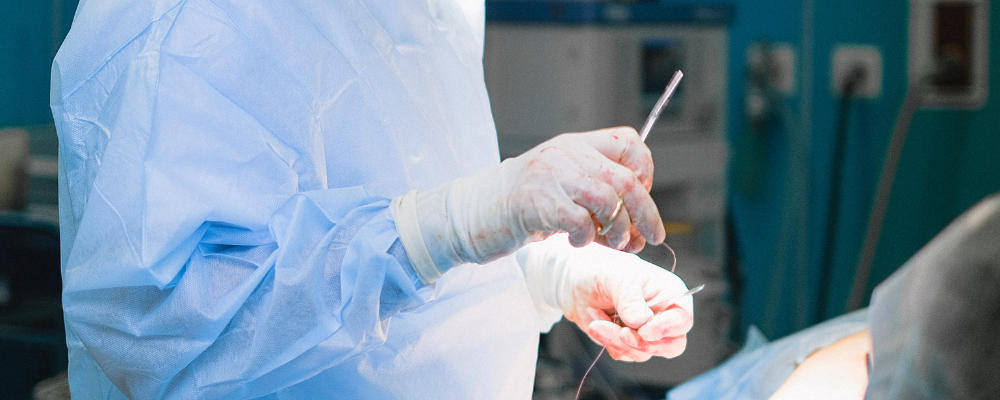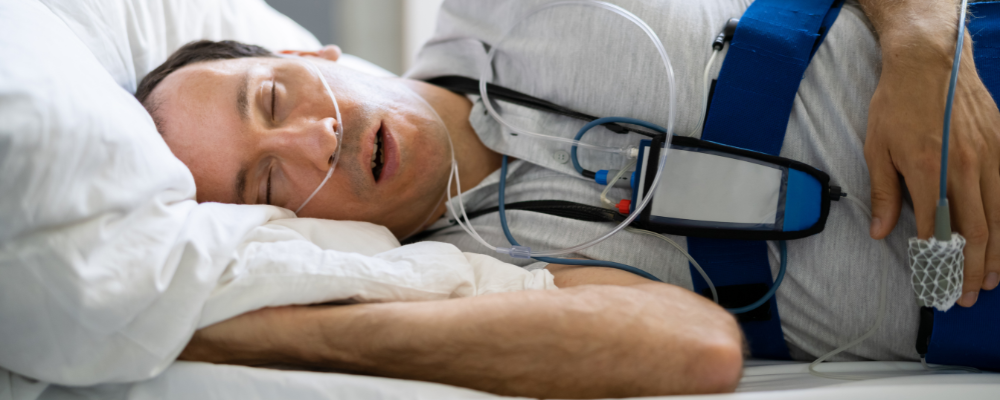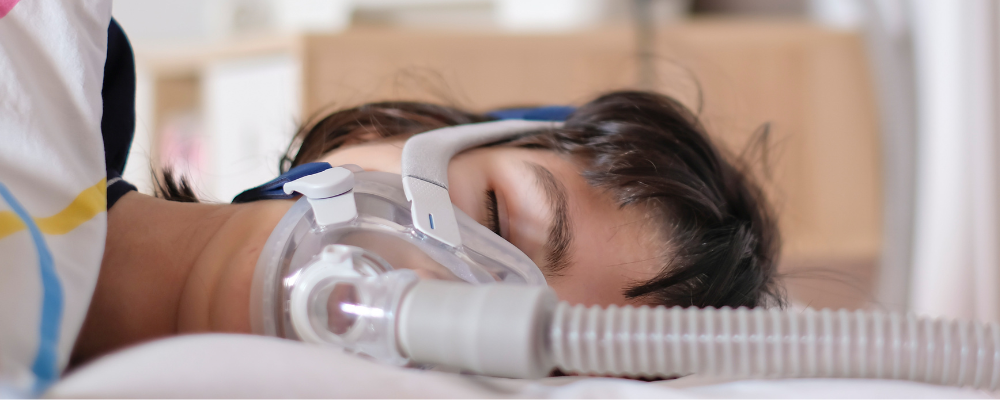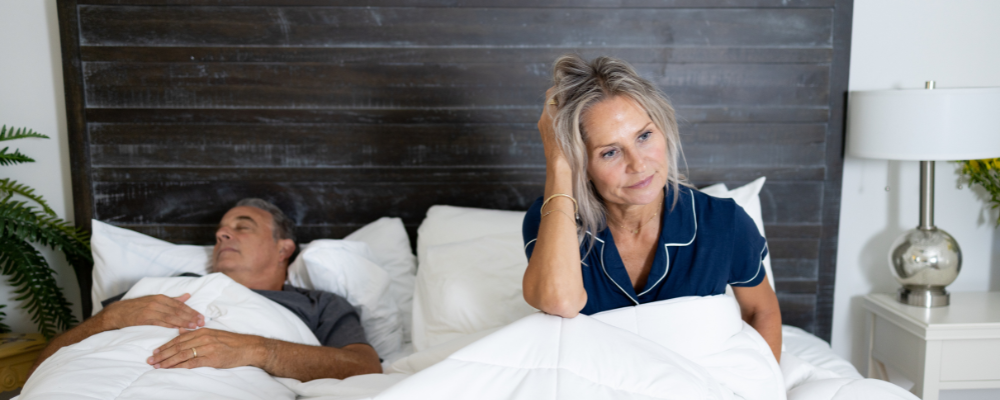With Super Bowl Sunday on the horizon, football is top of mind for many Americans. But did you know that it’s estimated that up to one third of football players in the National Football League (NFL) have sleep apnea? Plus, 52% of former NFL players have been diagnosed with some form of sleep disordered breathing.
The numbers don’t lie; there is clearly a widespread epidemic of sleep apnea within the NFL. Why is this the case, and does sleep apnea impact other athletes (and sports) too? Keep reading to find out!
Is Sleep Apnea Common In Athletes?
Before we answer this question, it’s important to provide some context on sleep apnea in general. According to the American Medical Association, about 30 million people in the United States have sleep apnea and only 6 million people know that they have it.
That being said, it is difficult to pinpoint the exact percentage of that population who are athletes. However, a 2022 study in the Sleep Epidemiology Journal concluded, “The prevalence of obstructive sleep apnea (OSA) is higher in contact sports than that reported in the general population.” That means OSA is more frequent in people who play contact sports—such as American football or rugby—than the average person.
We know that sleep apnea is very common in the NFL (one third of former players, to be exact,) but sleep apnea impacts athletes beyond just professional football players too. In fact, basketball superstar Shaquille O’Neal (aka: Shaq) has been very open about his sleep apnea diagnosis. Just about any athlete, no matter the sport, can have sleep apnea. In the next section, we’ll explain the reason why.
Why Do Fit Or Muscular People Get Sleep Apnea?
Fit or muscular people can have sleep apnea for a number of reasons. While obesity is a common risk factor for obstructive sleep apnea, a high BMI is not always a requirement for a sleep apnea diagnosis. Rather, a person’s anatomical make up often plays a bigger role in this. For example…
People who have narrow upper airways, enlarged adenoids or tonsils, a large neck circumference, or a deviated septum may all be predisposed for an OSA diagnosis. This is the case, because these features often lead to obstructions in the upper airway that may make it difficult for a person to breathe while sleeping. Chronic allergies that cause nasal congestion (or stuffy nose) may also contribute.
There is a common stereotype that only overweight men have obstructive sleep apnea, and it’s not true. Obstructive sleep apnea patients can be female, and come in all shapes, sizes, ages, and fitness levels.
How Does Sleep Apnea Affect Athletic Performance?
Sleep apnea leads to poor sleep quality, which in turn leads to poor athletic performance. More specifically, sleep apnea can cause daytime sleepiness, low energy levels, and, in severe cases, impaired cognitive function and slow reaction times. Poor sleep can also increase injury risk and slow the recovery time following an injury. Therefore, restful sleep plays a critical role in an athlete’s overall performance, health, and safety.
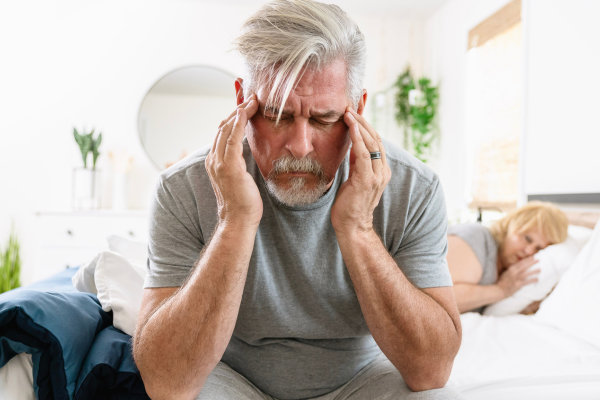

What Are The Signs Of Sleep Apnea In Professional Athletes?
The signs and symptoms of sleep apnea are the same for all people, professional athletes or not. The most common symptoms are:
- Loud snoring
- Excessive daytime sleepiness
- Difficulty concentrating
- Headache
- Sore throat
- Dry mouth
If you believe that you may have sleep apnea, notify your doctor. If your doctor suspects that you have sleep apnea, they will likely have you complete a sleep study to determine if you have a sleep disorder or not.
How Can Athletes Manage Or Treat Sleep Apnea Effectively?
Research in the Journal of Sleep Disorders and Therapy suggests that the [best] way for athletes to effectively treat sleep apnea is continuous positive airway pressure, or CPAP therapy. While CPAP therapy is not the only sleep apnea treatment option, it is often considered the “gold standard” by many sleep medicine professionals.
The same study goes on to mention that while weight loss may help reduce the severity of obstructive sleep apnea, losing weight may not be an option for all athletes, especially for NFL linemen with those large neck circumferences. Again, this solidifies CPAP as a good, first treatment option for athletes.
Furthermore, there are proven benefits to treating sleep apnea with CPAP. Treatment options, like CPAP, will not only decrease athletes’ risk for cardiovascular disease or high blood pressure, but it will also positively impact their sports performance and agility. And whether you are an athlete or not, Aeroflow Sleep can help you order PAP supplies through insurance. Check your eligibility today!
References
ABC News. “NFL Players Suffer From Sleep Disorders.” ABC News, ABC News Network, 22 Jan. 2003, abcnews.go.com/GMA/story?id=125403&page=1.
Albuquerque, Felipe N et al. “Sleep-disordered breathing, hypertension, and obesity in retired National Football League players.” Journal of the American College of Cardiology vol. 56,17 (2010): 1432-3. doi:10.1016/j.jacc.2010.03.099
Berg, Sara. “What Doctors Wish Patients Knew about Sleep Apnea.” American Medical Association, American Medial Association, 1 Apr. 2022, www.ama-assn.org/delivering-care/public-health/what-doctors-wish-patients-knew-about-sleep-apnea.
Harvard Medical School. “Shaq Attacks Sleep Apnea.” YouTube, YouTube, 5 May 2011, www.youtube.com/watch?v=4JkiWvWn2aU.
Howarth, Nathan E., et al. “Obstructive sport apnea (OSA) and contact sports: A systematic review and meta-analysis.” Sleep Epidemiology, vol. 2, Dec. 2022, p. 100036, https://doi.org/10.1016/j.sleepe.2022.100036.
Rogers, April J et al. “Obstructive Sleep Apnea among Players in the National Football League: A Scoping Review.” Journal of sleep disorders & therapy vol. 6,5 (2017): 278. doi:10.4172/2167-0277.1000278


